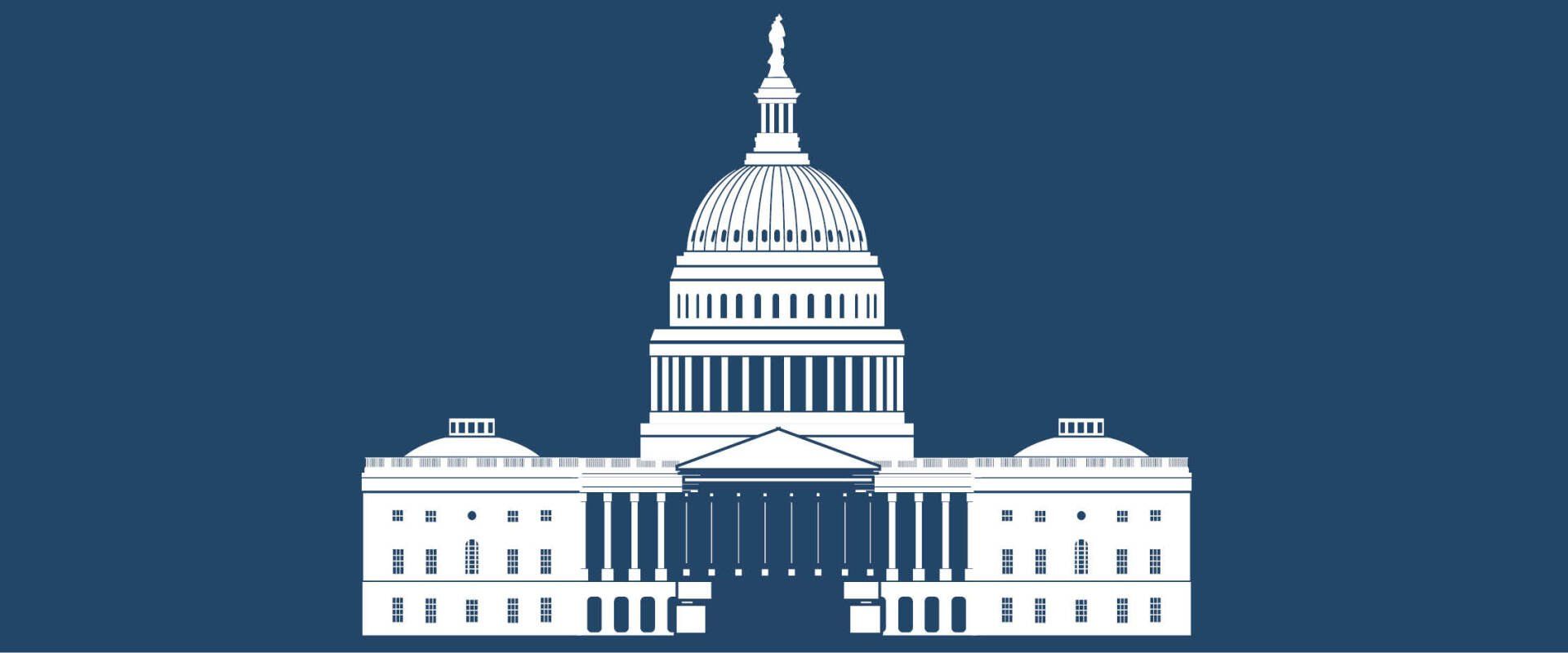Q: To clarify, in addition to the bipartisan infrastructure bill, there’s another massive spending package moving simultaneously?
A: Yes! There’s actually two other moving pieces in play: reconciliation, which we’ve spent some time covering in the past, and the “regular” spending Congress controls through appropriations. And it’s the latter which is currently complicating matters for Congressional leaders. Since the end of the Fiscal Year is this Thursday, September 30th, Congress must take action to pass some form of regular spending in order to avert a government shutdown. It is widely expected that Congress will pass yet another CR; the question is, until when? Because the U.S. debt limit is also set to expire in early October, Democrats in Congress would like to add a provision to the CR extending the debt limit; however, there’s no Republican in Congress who wants to vote for such an action; they’d prefer to play “pin our ballooning debt on the Donkey,” so that they have coverage with their base in the 2022 midterms.
To that end, there are a couple options in play. Congress could either pass a CR through December 3rd with a provision extending the debt limit, or a shorter, 2-3 week CR with no such provision, to give Congressional Democrats time to negotiate the extension with Republicans. Either way, we won’t have a full picture of FY22 funding until much later this year.
Don’t forget: while making these CR considerations, Congressional leadership is also trying to advance the truly massive $3.5 Trillion reconciliation package (one reason an extension of the debt limit is critical to move forward) as well as the aforementioned BIB. Getting all factions in both parties to agree on the best path forward is a bit like solving a Rubik’s cube: just when you finally get everything lined up on one side, you have to move one piece to get everything lined up on another side, et cetera, et cetera, ad infinitum.
Q: Speaking of reconciliation, are there any provisions of note for STEM educators?
A: There are a number of broad provisions in the reconciliation package that can have a specific STEM impact. For instance, the Build Back Better Act invests $111 Billion to lower the cost of higher education. That’s a huge amount of money, and it’s spread across a number of high priority needs. A substantial portion is directed to grant programs to train new teachers, addressing the growing teacher shortage, particularly in “high-need” subjects. It also focuses on the administration’s goals around diversity, equity, and inclusion, with targeted investments to make degrees more affordable at Historically Black Colleges and Universities, Tribal Colleges and Universities, Hispanic-Serving Institutions, and other Minority-Serving Institutions, while also provides funding to improve research and technology infrastructure at those same institutions.
Another example of a large investment that will have specific STEM applications is the $82 Billion which is allocated for America’s public-school infrastructure. The bill allows school districts to repair, modernize, and rebuild crumbling and outdated school infrastructure, with funding allocated according to the Title 1 formula. Notably, there’s a provision within that larger block of funding for the improvement of “instructional or outdoor public school facilities relating to early learning, special education,
science, technology, career and technical education, physical education, the arts, literacy (including library programs), or
community-based partnerships.”
Q: If this STEM spaces element makes it through the legislative process, who would schools look to for accessing the funds?
A: These funds will be distributed as federal grants to State Education Agencies (SEAs) for further distribution to LEAs as part of the Rebuild Americas Schools Grant program. These grants and subgrants will be distributed from FY22-FY24; however, the amount appropriated for FY22 is only $1.27 Billion, and the FY22 grants are for “public schools facilities inventory efforts,” as well as a “state facilities plan” whereas the grants in FY23-FY24 come from a larger pot of money, $39.64 Billion, to be used for actual construction and improvement efforts. As with the FY22 funds, eligible LEAs must apply for these funds from the State, and the LEA must certify that they will use subgrant funds for projects that prioritize the improvement of facilities that serve the highest numbers or percentages of students eligible for free or reduced-price lunch. For those interested in reading more about this program, the language can be found on pages 53-69
here.
Q: Any other notable actions to report on from the Biden White House or executive agencies?
Just under two weeks ago, the Senate confirmed
James Kvaal to be the Under Secretary of Education. Additionally, shortly after my last blog post,
President Bident nominated Amy Loyd to serve as the Assistant Secretary for the Office of Career, Technical, and Adult Education. Finally, in news that many of you have likely seen, our friend Cindy Hasselbring has moved from her role at NSF’s Education and Human Resources Directorate, and joined the Office of STEM Engagement at NASA, working on Next Gen STEM!





